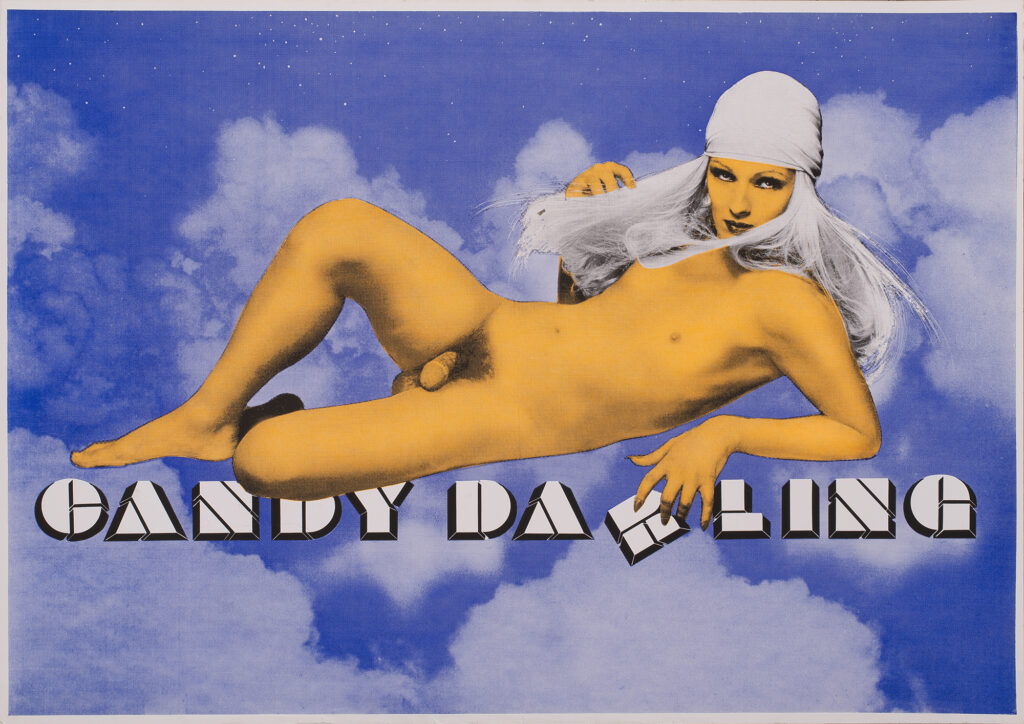MEL OTTENBERG: Hey, Cynthia.
CYNTHIA CARR: Hi, Mel.
OTTENBERG: I loved the book. Oh my god, it’s an essential read for anyone interested in queer culture and New York history. I feel like it’s really written for the fans.
CARR: I think so. Also, I found out lots of things that people didn’t know. That world, especially the Warhol part of it, has been so covered, but still there were things I hadn’t known before.
OTTENBERG: I read it over the Thanksgiving holiday, and I’ve been skimming it again in advance of this call. It really is amazing how much dense, interesting information there is. If you’re interested, it’s all here. Thank you.
CARR: I worked on it for 10 years because the information was not that easy to come by. When I wrote about David Wojnarowicz, it was the same thing. It’s important to me to find what I think of as these hinge points in someone’s life. Like, you turn this way instead of that way, or this decision is made that’s so crucial for the rest of the person’s life. I think those show up here.
OTTENBERG: Why Candy now? Did you do it timed with the 50-year anniversary of her death, or did it just happen that way?
CARR: It just happened. I never thought I was going to spend 10 years doing this, that’s for sure. It started because her friend Jeremiah Newton called me. We had both been part of this odd downtown award ceremony called the Acker Awards, which was giving out awards to people who were keeping the downtown boho spirit alive. Jeremiah won for his documentary called Beautiful Darling. And then I won for my book on David Wojnarowicz. The next day, Jeremiah got my number, called me, and said, “I don’t know who you are, but when you came up on the stage, I realized you’re the person who should write about Candy.”
OTTENBERG: Oh wow.
CARR: I went over to his apartment to talk to him, and that’s what intrigued me. Jeremiah had a lot of material. Here’s this glamorous figure: She knows Salvador Dali, she goes to Mick Jagger’s birthday party, she’s at all of these fashion events. And then when she goes home to Massapequa, her mother is telling her, “Don’t let anyone see you. Don’t answer the door. Don’t go get the mail.” There’s that contrast, and I thought, “Whoa, there’s a story there.” It intrigued me that there was a real pathos in that life. I didn’t realize how difficult it was going to be. Jeremiah had some of the material in a top drawer of a dresser—some of her journals, photos, and letters. And then there were boxes and boxes of her stuff at his house upstate in Cherry Valley where Candy is buried—Christmas cards, old tax documents, mixed research he was doing on Isadora Duncan, and, “Oh, it’s a letter from Candy.” Everything was just mushed together. He started telling me from the start about Candy’s interest in Christian Science, and that really surprised me. I don’t think people know about that. And he said, “She has this Mary Baker Eddy book, and she wrote in it, and she wrote comments in the margins and made underlines.” I looked for that book for years, and only found it when Jeremiah, at some point, went into the hospital. He may have been on the verge of getting evicted because of the squalor in the apartment, and he hadn’t been able to get out of bed. It was really a mess. A couple of people went in while he was in the hospital and took everything out and put it in storage, then put in a new floor in his living room, and painted. And then started bringing things back, although a lot of it was ruined and ended up in a dumpster, including some things of Candy’s that I had found and copied and then brought back to him. I saw everything that came back to his apartment, and a lot of Candy’s things got lost and are just gone.

